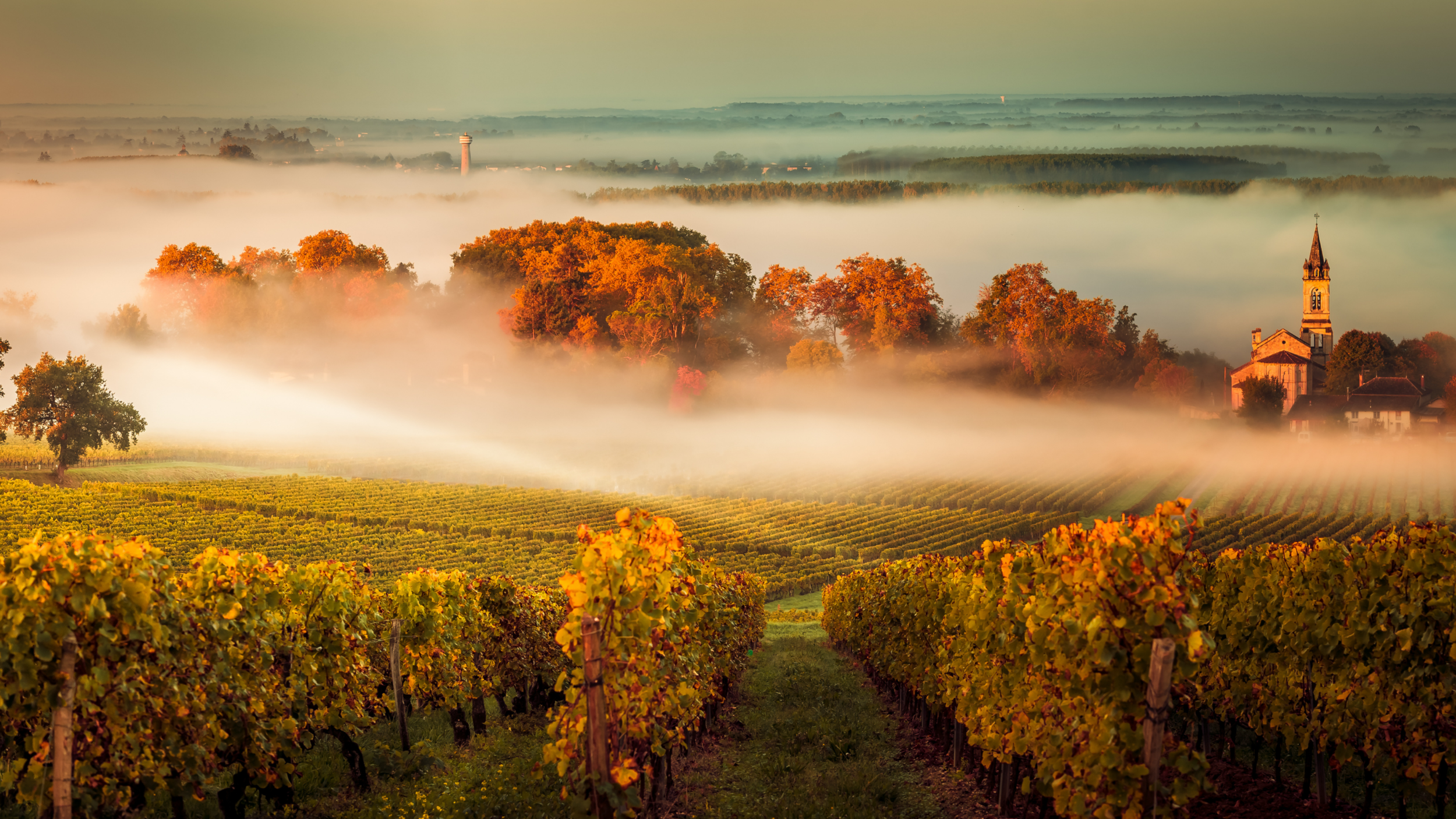Bordeaux
by Seema Tikare
I have never been to Bordeaux. Given that it is almost always the very first area one studies in every wine course, I have always taken it as a personal failing. But one doesn’t always have to go somewhere to learn about the wines or love them. Especially in a place as complex and historic as Bordeaux.
Bordeaux wines, also known as “Claret” in the UK, have been an important import to the British Isles since Eleanor of Aquitaine married Henry II in 1152 CE. Back then, Bordeaux was not a producer of wine but rather a distributor of wines, often from Gascony. Over the centuries, as Aquitaine passed from British rule to French rule, came under the influence of Dutch merchants and then back under the British, the Medoc, Haut-Medoc and Graves or the Left Bank wineries established a reputation for making coveted, high quality wines. This took place over several decades between 1660 and 1720. In the years following, from 1750 until the late 1790s, the Right Bank began to be recognized as a great wine region as well. Fronsac-Canon and then Saint-Émilion established themselves, followed later by Pomerol.
The big event for Bordeaux happened in 1855. When Napoleon III decided to host a World Exposition, he asked the Chamber of Commerce to organize a wine exhibition. The Chamber turned to a group of Bordeaux merchants called the Syndicat des Courtiers for help listing all the wines of the Gironde and their classification by quality. The Syndicat in turn, presented a list of all 58 wineries in the Medoc (not Graves - with the exception of Haut-Brion - or the Right Bank) “ranked” simply by price. It caused a great deal of controversy, and while changes have occurred in the past 170 years, the classification still stands today in many of its specifics.
Bordeaux wines in general are meant to age and be drunk when their ferocious tannins have mellowed and all the oak and fruit has integrated into a harmonious, luscious whole. The Left Bank tends to need more aging than the often more fruit-forward but powerful Right Bank wines. This is because the terroir of the Left Bank supports cultivation of Cabernet Sauvignon which ripens later with stronger tannins, and the terroir of the Right Bank better supports growth of Merlot and Cabernet Franc, which ripen a bit earlier and can be a bit softer.
Essentially, unlike Burgundy, Bordeaux wines are blends – with the 3 primary varieties and 3 minor partners. Cabernet Sauvignon, Merlot and Cabernet Franc, then Malbec, Petit Verdot and Carménère. The famous Bordeaux blends exist because of the variability of vintages in the region, which often require adjustments to the blend based on which grapes fared best during the temperamental growing season. Sometimes, if the Cabernet Sauvignon struggled, wines will rely on more Merlot in the blends to soften the austerity of the resulting wine. Sometimes in a more ideal growing season, the wines might be more Cabernet dominant because the grapes ripened perfectly.
Many Chateaux in this way rely on their ability to blend to create a “house style.” For example, Margaux is called “elegant” while Pauillac is referred to as “powerful.” It is largely because winemaking is an art and the artist works with his palate of grapes to create unique works.
Don’t miss Seema’s next class - Iconic Wines - where you’ll be able to taste the extraordinary Saint-Émilion Grand Cru Classé from Chateau Valandraud.

